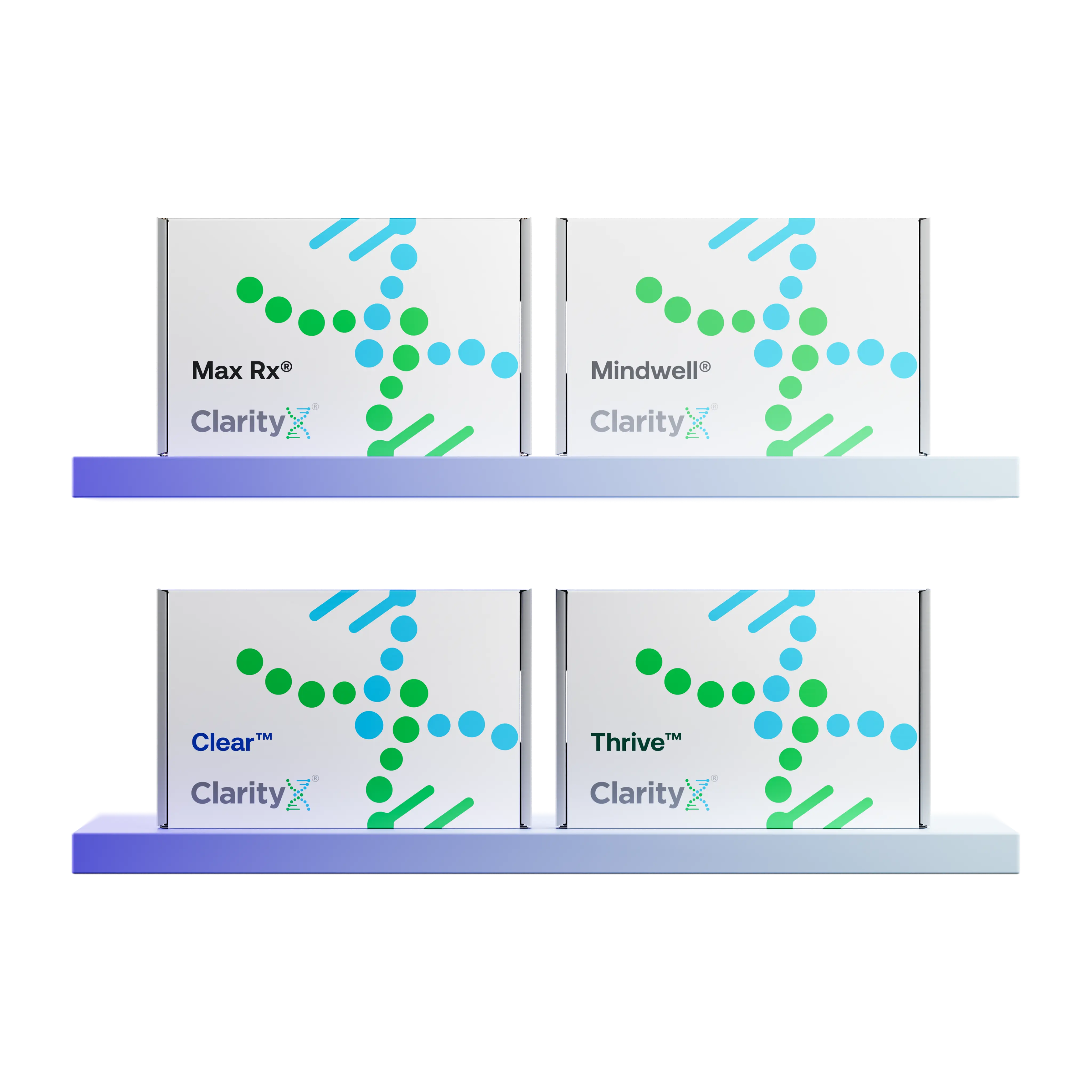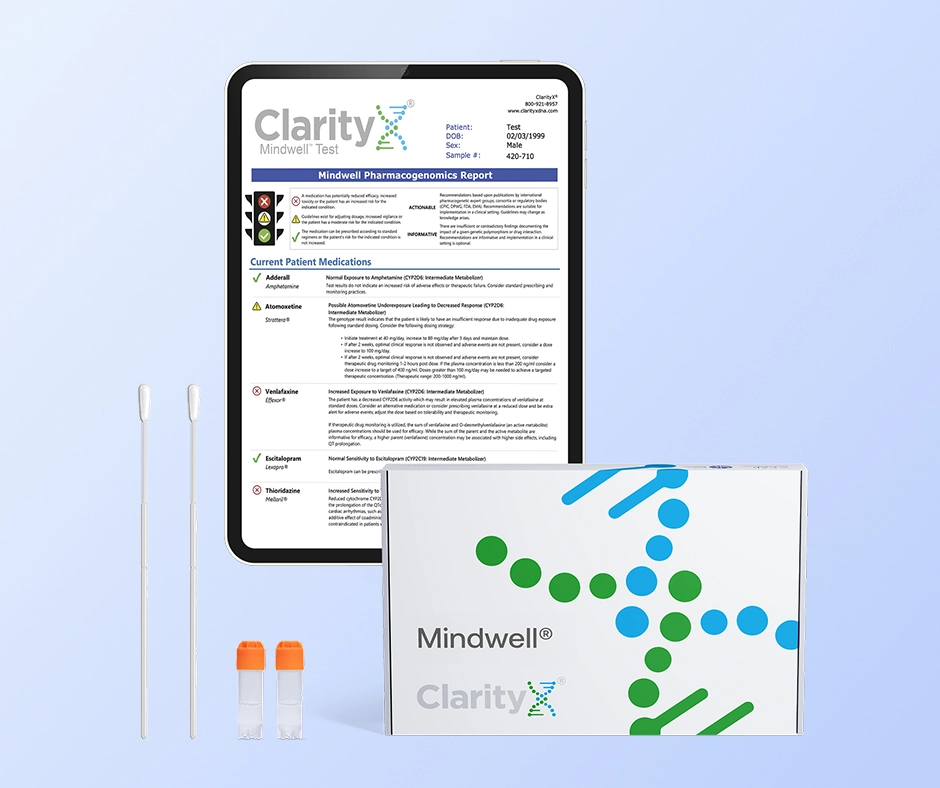Key Highlights
- Finding the best pain reliever for knee pain begins with understanding the specific causes and symptoms affecting the joint.
- Pain management for knee pain can involve a combination of oral, topical medications, or injections
- NSAIDs, acetaminophen, and prescription drugs each offer distinct forms of relief for knee pain with varying side effects.
- Topical medications such as creams and gels provide targeted relief directly to the sore area.
- Advanced treatment options like hyaluronic acid and platelet-rich plasma injections are available for severe knee pain.
Introduction
When knee pain prevents you from doing everyday activities, finding effective relief is essential. This pain can be caused by various conditions, such as osteoarthritis, a ligament injury, or simply general joint pain.
Treatment approaches aren't one-size-fits-all. Some aim to reduce swelling, while others directly target the painful area through medications or physical therapies.
Understanding your specific symptoms is the first step toward creating an effective pain management plan. A targeted approach can significantly improve your outcomes. So, how do you choose the right relief for your knee pain? Let's explore the mechanisms behind different treatments to help identify the best options for your needs.
Understanding Knee Pain: Common Causes and Symptoms
Knee pain can happen to anyone. Many things can cause it. The painful area might feel dull, sharp, or have a throbbing-like sensation The types of pain can vary for each individual. Some individuals experience mild soreness after using their knees, while others get severe pain that makes it hard to move. Knee pain can come from joint issues like osteoarthritis or injuries to the ligaments around the knee joint. Keeping track of your symptoms is beneficial. This will help you determine if you need treatment for short-term relief or strategies to manage your knee pain long-term.
Osteoarthritis, Injuries, and Other Conditions
Osteoarthritis is a leading cause of knee pain, particularly among older adults. It occurs when the cartilage within your knee joint wears away, causing bones to rub directly against each other, which intensifies the pain.
Rheumatoid arthritis, an autoimmune disease, is another common source of knee pain, causing chronic inflammation that leads to significant swelling and complicates long-term joint health. Acute injuries are also frequent culprits; for example, a tear of the anterior cruciate ligament (ACL) can occur during sports or accidents that involve sudden, twisting movements, resulting in instability and severe pain.
Other issues, such as bacterial infections or different forms of arthritis, can contribute to knee pain and joint swelling as well. Ultimately, effective pain management hinges on an accurate diagnosis. Pinpointing whether your knee pain stems from osteoarthritis, a specific injury, or another underlying cause is the critical first step for you and your doctor to develop the most appropriate treatment plan and improve your joint health.
Recognizing When Knee Pain Needs Treatment
It's important to listen to your body and know when to seek medical help for knee pain. If the pain is severe enough to make simple tasks like standing or using stairs difficult, it's time to see a doctor. Don't ignore symptoms like abrupt swelling or a knee that feels stuck or unstable.
For pain that starts after an injury or accident, a specialist can provide a clear diagnosis, identifying issues like a tear or broken bone. Getting your knee pain evaluated early is the best way to avoid long-term problems and prevent it from becoming chronic
For mild knee pain, treatment often begins with accessible options like NSAIDs or topical medications. When joint pain becomes persistent, especially from conditions such as knee osteoarthritis, it may be necessary to explore more advanced interventions to find relief. Depending on your individual needs, this might involve targeted joint injections or stronger prescription medications."
Types of Painkillers for Knee Pain Relief
Painkillers are essential for alleviating knee pain. You can use over-the-counter (OTC) medicines like acetaminophen or NSAIDs for mild knee pain. For more serious pain, the doctor may prescribe medication. These drugs help with pain management. They do this by lowering swelling or stopping the pain signals from your knee.
Choosing the best painkiller for your knee pain is a personalized decision. The right option will depend on your specific symptoms and any potential side effects associated with the medication. It's important to remember that both short-term and long-term use of painkillers can have different impacts on your affected knee
Over-the-Counter (OTC) Painkillers
Many common over-the-counter (OTC) pain relievers can effectively help with knee pain relief. Nonsteroidal anti-inflammatory drugs (NSAIDs), such as ibuprofen and naproxen sodium, work by reducing swelling and easing joint pain. This type of medicine is often a good choice for osteoarthritis pain and can be particularly beneficial for older adults experiencing chronic discomfort.
However, it's important to be aware of potential side effects, such as stomach bleeding, especially if these drugs are taken for a long time. To find the best painkiller for your knee pain, or if you have concerns about side effects, it's always a good idea to speak with a healthcare professional. They can offer personalized advice tailored to your specific needs.
Prescription Medications
When over-the-counter (OTC) options aren't enough to relieve your knee pain, your doctor might prescribe stronger medications. Prescription-strength NSAIDs (nonsteroidal anti-inflammatory drugs), for example, are more potent than their OTC counterparts. They can be prescribed in higher doses to better manage pain and reduce swelling. These are often used for conditions like knee arthritis or to aid in post-surgery recovery.
Some drugs, like tramadol, are given by doctors when pain becomes intense or debilitating. This prescription pain reliever can help for a short time with severe pain. Doctors carefully monitor the use of tramadol. This close supervision is crucial for patient safety and helps to minimize the risk of misuse.
Additionally, some pain relief medications combine acetaminophen with other drugs. These combinations are most often used to manage pain after surgery.
Nonsteroidal Anti-Inflammatory Drugs (NSAIDs)
For many people, the first line of defense against knee pain from conditions like osteoarthritis is a nonsteroidal anti-inflammatory drug (NSAID). While common options like ibuprofen and naproxen can be effective short-term pain relievers, they also come with risks, such as side effects or stomach bleeding. This can lead to a difficult trial-and-error period to find a medication that works safely for you.
To move beyond this guesswork, pharmacogenetic testing provides a more personalized path forward. A simple genetic test can show how your body's unique profile affects the way it metabolizes certain drugs. Armed with this knowledge, you and your healthcare provider can make more informed decisions, selecting a medication that is more likely to be effective while minimizing your personal risk for adverse reactions. This is crucial for establishing a safe and successful pain management plan, especially for chronic conditions like knee arthritis.
How NSAIDs Work for Knee Pain
Nonsteroidal anti-inflammatory drugs (NSAIDs) provide pain relief by reducing the production of chemicals in the body that cause inflammation. For knee pain, these medications are effective because they decrease swelling, which in turn improves joint mobility. They can be particularly beneficial for conditions like osteoarthritis, where inflammation is a primary source of discomfort.
Common NSAIDs and Their Effectiveness
Ibuprofen and naproxen sodium are effective and widely available over-the-counter choices for knee pain. These medications can provide fast relief, helping you remain active despite knee discomfort. While both are effective, naproxen sodium may offer longer-lasting results and is often associated with fewer side effects than ibuprofen.
For more severe pain, such as that from advanced knee arthritis, your doctor may recommend prescription-strength NSAIDs. Although these are more potent, they also carry a higher risk of side effects, including stomach bleeding. When choosing a medication, it is essential to consider your specific health needs and tolerance for potential side effects. Always consult your doctor to determine the best pain relief option for your knee, as they can guide you through the choices and discuss any associated risks.
Acetaminophen and Alternatives
Acetaminophen is a common pain reliever, particularly for older adults, because it is generally considered safer and has fewer side effects than NSAIDs. However, it may not be as effective for joint pain that is primarily caused by significant swelling or inflammation. If you are experiencing more severe or persistent joint discomfort, you might need to explore other medications or consider physical therapy. Understanding when acetaminophen is most effective is crucial for achieving comprehensive pain relief.
Benefits and Limitations of Acetaminophen
Acetaminophen (the active ingredient in Tylenol) is an excellent option for mild to moderate joint pain, especially pain stemming from osteoarthritis. A key benefit is that it is typically gentle on the stomach, making it a preferred choice for many, including older adults. While it is a readily available and easy-to-use option for temporary relief, you may find other medications more effective if your pain is driven by significant inflammation.
When to Consider Alternative Medications
When swelling is the root cause of your pain, you will likely need options other than acetaminophen. To effectively manage knee pain from conditions like osteoarthritis, it is essential to use a medication that specifically targets and reduces inflammation.
Furthermore, if you have a history of heart or kidney problems, your doctor may advise against using NSAIDs. In these cases, a medication like tramadol may be a more suitable option. Tramadol is used to treat more severe pain, but its use requires careful medical supervision due to its potential side effects. In addition to medication, incorporating exercise into your treatment plan can be highly beneficial, as strengthening the muscles around the knee joint can improve stability and reduce pain.
Topical Pain Relief Options
A variety of topical medications—including creams, gels, and patches—are available to help relieve knee pain directly at the source of discomfort. These can be a great option for managing pain from knee osteoarthritis, often providing fast, targeted relief with active ingredients like capsaicin or menthol.
A significant advantage of topical medications is that they generally have fewer systemic side effects compared to oral NSAIDs. This makes them a good choice for older adults or anyone concerned about potential stomach issues. For even better results, consider using topical medications in conjunction with physical therapy for a comprehensive approach to managing knee pain and maintaining joint health.
Creams, Gels, and Patches for Targeted Relief
Topical medications like creams, gels, and patches are applied directly to the skin over the knee, allowing them to penetrate deep into the affected area. They are very effective for pain from both osteoarthritis and knee joint injuries. Because they work locally, they typically have fewer side effects than oral medications, making them a safe option for many people, including older adults.
Comparing Topical vs. Oral Painkillers
When dealing with knee pain from osteoarthritis, topical pain relievers can be a game-changer. They deliver relief directly to the affected joint, which often allows you to avoid the systemic side effects associated with oral medications.
On the other hand, oral pain relievers like NSAIDs work throughout your entire body to manage pain. While effective, this systemic action can sometimes lead to stomach problems or other issues, a risk that is particularly important for older adults to consider. Deciding between a targeted topical treatment and a systemic oral medication is key to finding what works best for your specific needs, allowing you to get the relief you need while minimizing potential side effects.
Advanced Treatments: Injections and Prescription Options
For managing persistent knee pain, especially from conditions like osteoarthritis or severe injuries, medical advancements offer powerful solutions that go beyond over-the-counter options.
Targeted injections can provide direct and potent relief:
- Corticosteroid injections act quickly to calm inflammation within the affected knee, offering rapid pain reduction.
- Hyaluronic acid injections work by lubricating the joint, which can significantly reduce osteoarthritis pain by improving smooth movement.
For those battling severe pain, prescription NSAIDs offer a stronger approach than their over-the-counter counterparts, effectively tackling both pain and inflammation. These advanced options provide more powerful ways to address stubborn knee pain, and your doctor can help determine if they are the right choice for you.
Corticosteroid Injections and How They Work
Corticosteroid injections deliver fast, targeted pain relief for knee issues like rheumatoid arthritis or osteoarthritis by directly reducing inflammation and swelling within the joint. Many patients experience significant pain relief within days and with fewer systemic side effects than oral NSAIDs. While effective for managing severe pain, these injections are typically a short-term solution. It is important to discuss the frequency of injections with your doctor to avoid potential problems from overuse.
Hyaluronic Acid and Platelet-Rich Plasma (PRP) Injections
Hyaluronic acid injections offer an innovative solution for knee osteoarthritis by replenishing the joint's natural lubricating fluids, leading to reduced pain and improved mobility.
Platelet-rich plasma (PRP) injections represent another promising approach. Unlike hyaluronic acid, which lubricates the joint, PRP uses concentrated growth factors from your own blood to promote healing and reduce inflammation in the affected knee. Both PRP and hyaluronic acid injections are gaining popularity as effective treatments that may reduce the need for daily oral pain relievers.
Conclusion
Navigating the many options for knee pain relief can be challenging, as each comes with unique benefits and potential side effects. The key is to consider your individual needs, such as whether you're dealing with arthritis or osteoarthritis pain.
The best approach to managing your pain is to consult healthcare professionals. They can offer personalized advice to help you find solutions that provide both immediate relief and support your long-term joint health. Combining lifestyle adjustments with the right therapies can significantly improve your mobility and reduce discomfort.
Frequently Asked Questions
What is the safest painkiller for long-term knee pain management?
When it comes to chronic knee pain, acetaminophen is considered the safest choice due to its lower risk of side effects compared to NSAIDs. However, it is important to consult with your doctor for an individualized plan that aligns with your pain management goals
Is Tylenol or ibuprofen better for knee pain?
When seeking knee pain relief, consider your specific symptoms. Acetaminophen (Tylenol) can help with general pain, while ibuprofen (an NSAID) can reduce both pain and swelling. Always consult a healthcare provider to determine the best option based on your condition and medical history.
When should I see a doctor about my knee pain?
If your knee pain persists after trying OTC medications or if your pain worsens, it may be time to seek a doctor. Do not delay if you notice any physical symptoms such as swelling, redness, or develop a fever along with your knee pain.
Are there natural alternatives to painkillers for knee pain?
Yes, several natural approaches can help manage knee pain. Consider incorporating physical therapy and acupuncture. Dietary additions such as turmeric, ginger, and omega-3 fatty acids are also known for their benefits. Additionally, maintaining a healthy weight and engaging in low-impact exercise can significantly reduce discomfort and improve your mobility.
Can I combine different types of pain relief methods?
Yes, combining different pain relief methods can often lead to better results. For instance, you might use an over-the-counter painkillers along with a topical cream applied directly to the skin. This multi-pronged approach can help some people find greater comfort.
However, it's crucial to always consult a healthcare professional first. They can ensure the combination of treatments is safe for your specific condition and help you determine the most effective approach for your pain management needs.
‘
References
https://www.mayoclinic.org/diseases-conditions/osteoarthritis/symptoms-causes/syc-20351925
https://my.clevelandclinic.org/health/treatments/11086-non-steroidal-anti-inflammatory-medicines-nsaids https://medlineplus.gov/druginfo/meds/a681004.html
https://www.hopkinsmedicine.org/health/treatment-tests-and-therapies/injectable-corticosteroids
https://www.hss.edu/health-library/conditions-and-treatments/list/prp-injections
https://clarityxdna.com/blog/learn/pharmacogenetics-testing/






